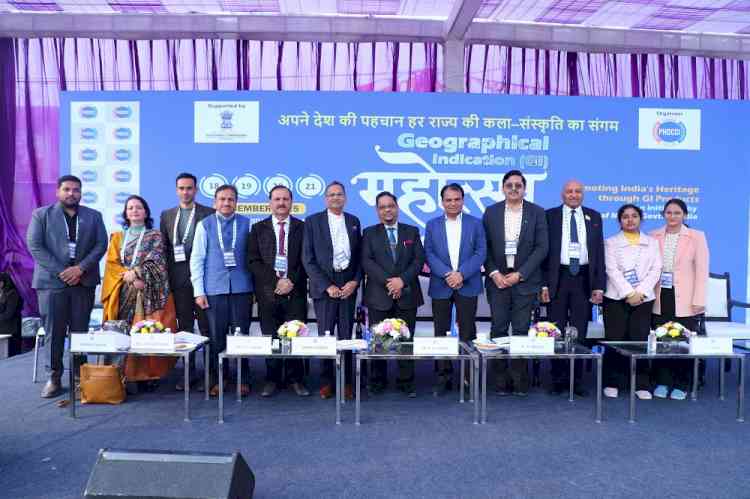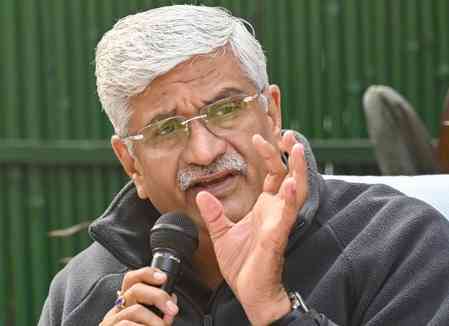NHAI starts accepting electronic bank guarantees
Aiming to improve efficiency and transparency of internal processes and take forward the adoption of digital technology, the National Highway Authority of India (NHAI) has started accepting Electronic Bank Guarantees (E-BGs) and has also digitalised all its existing Bank Guarantees.

New Delhi, Nov 2 (IANS) Aiming to improve efficiency and transparency of internal processes and take forward the adoption of digital technology, the National Highway Authority of India (NHAI) has started accepting Electronic Bank Guarantees (E-BGs) and has also digitalised all its existing Bank Guarantees.
NHAI is utilising the E-BG services of National e-Governance Services Ltd (NeSL), which facilitates reduction in physical paper movement, elimination of physical storage needs, and easy access for bank guarantee life cycle events like invocation, renewal and closure. Few E-BGs have already been issued by the banks in favour of NHAI, said officials.
Alka Upadhyaya, Secretary, Road Transport and Highways and Chairperson, NHAI said: "Keeping in view the advantages of E-BGs, we encourage the concessionaires to adopt E-BGs. This is in line with the spirit of 'Digital India'. E-BGs promote transparency, bring in several efficiencies and provide ease of doing business to our stakeholders."
Bank guarantee (BG) is a commercial instrument used as a legal contract in which a bank acts as a guarantor and undertakes an obligation to pay the beneficiary a certain amount of money specified in the guarantee if the debtor from the original contract does not fulfill his contractual obligations. Officials said that organisations like NHAI require BG, generally for faithful fulfillment of contractual obligations. The physical form of the BG presents challenges like time-consuming verification process and possibility of frauds. However, the NHAI has been dealing with BG related issued and challenges effectively and efficiently through its internal processing mechanism.


 IANS
IANS 











